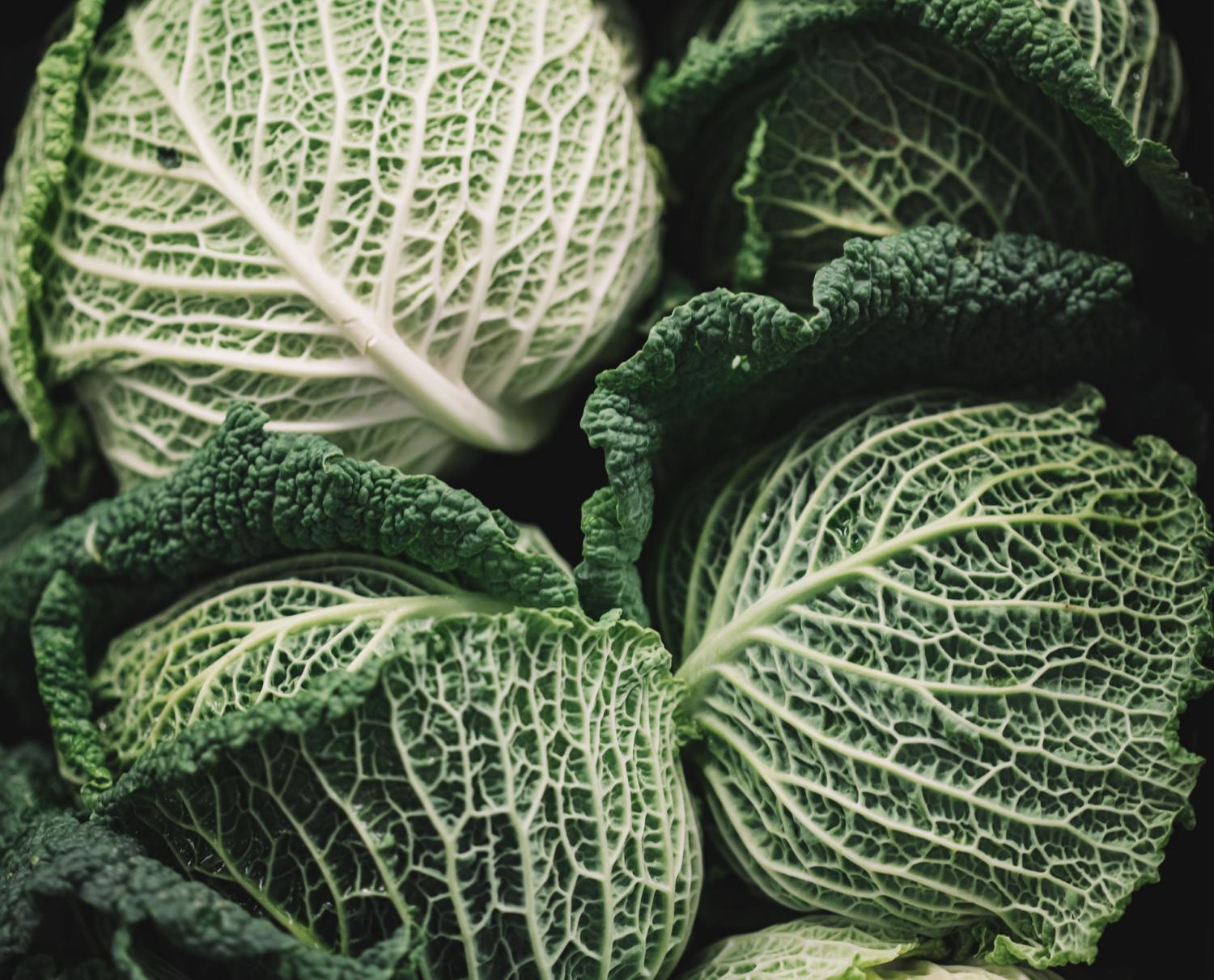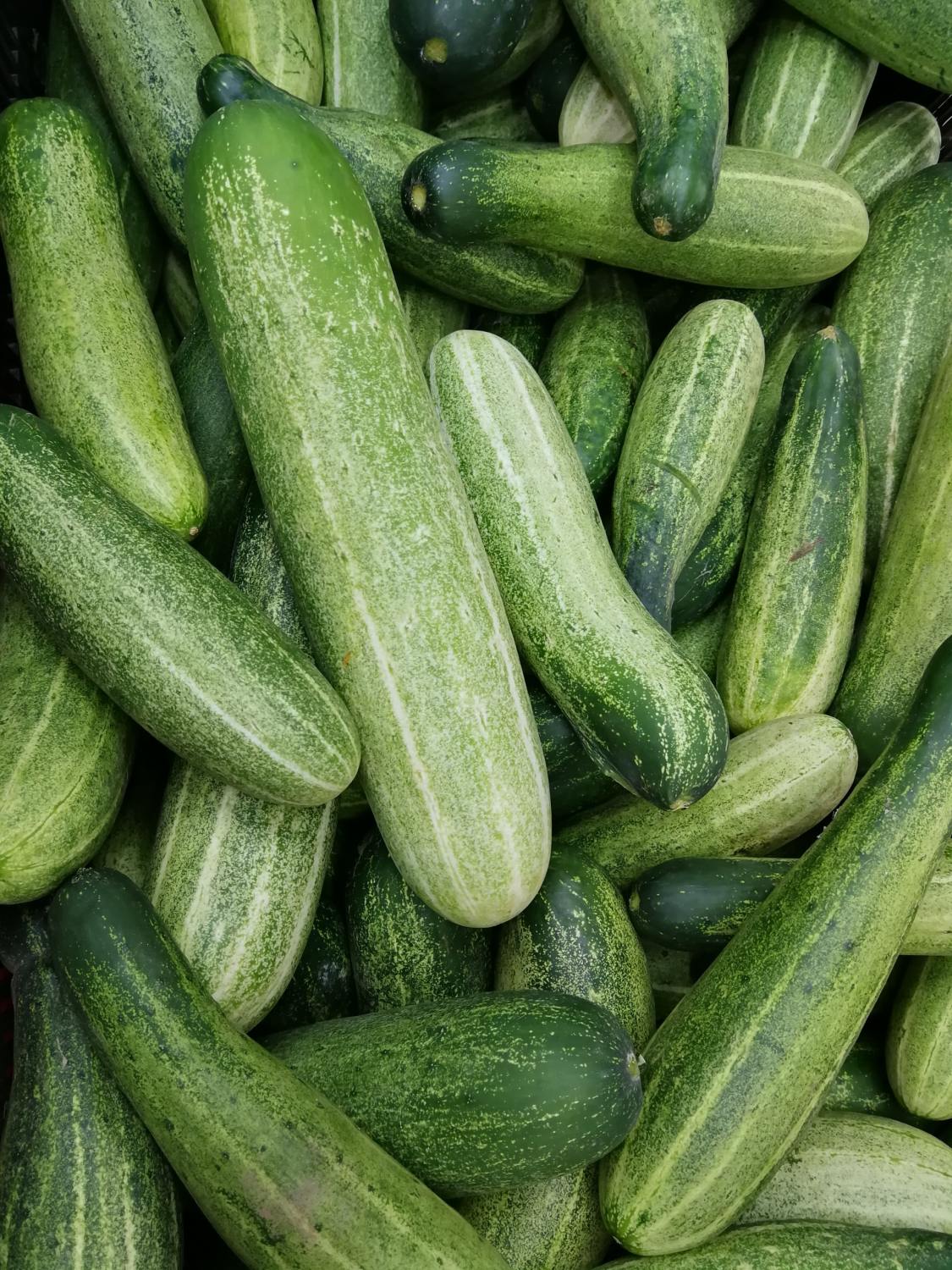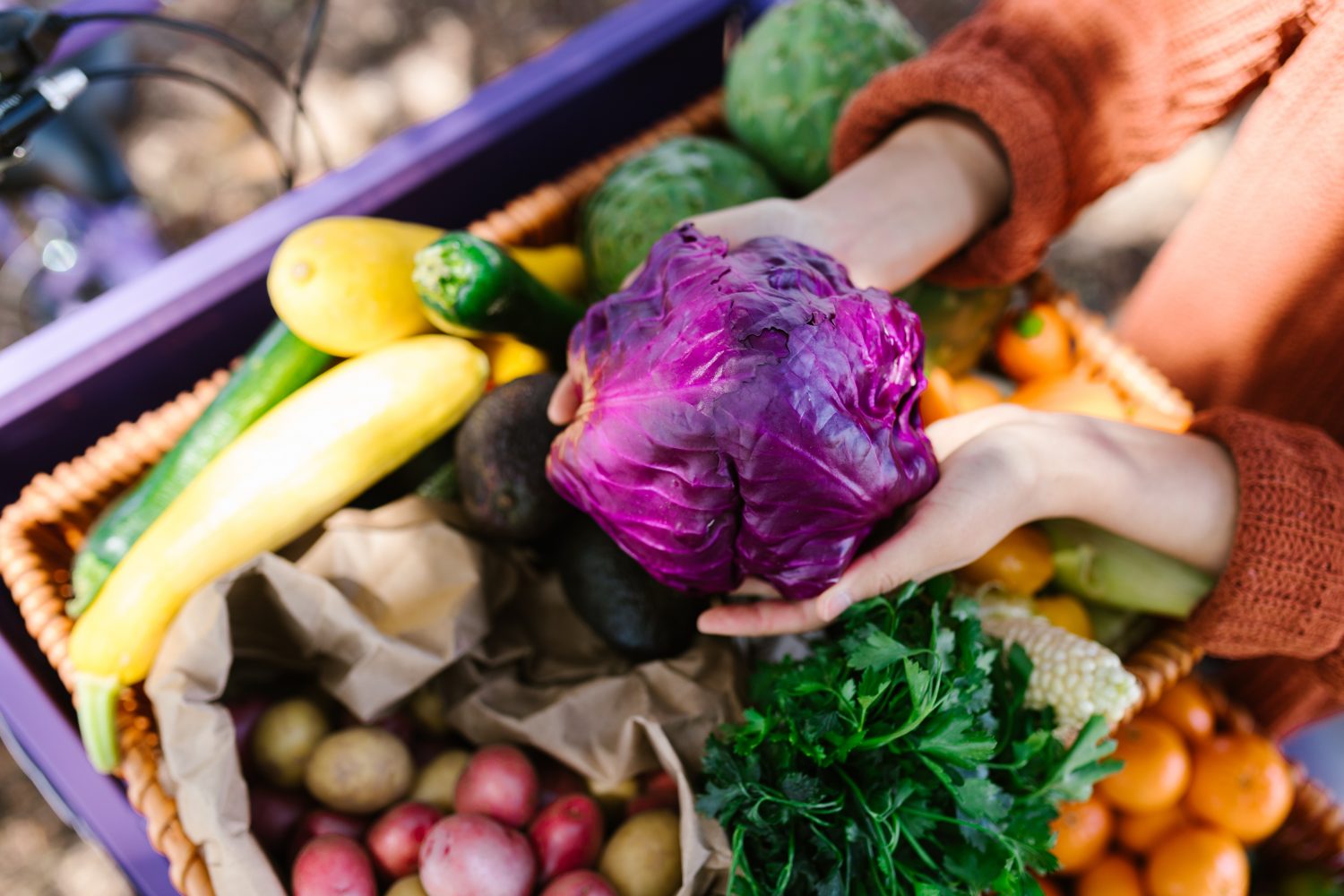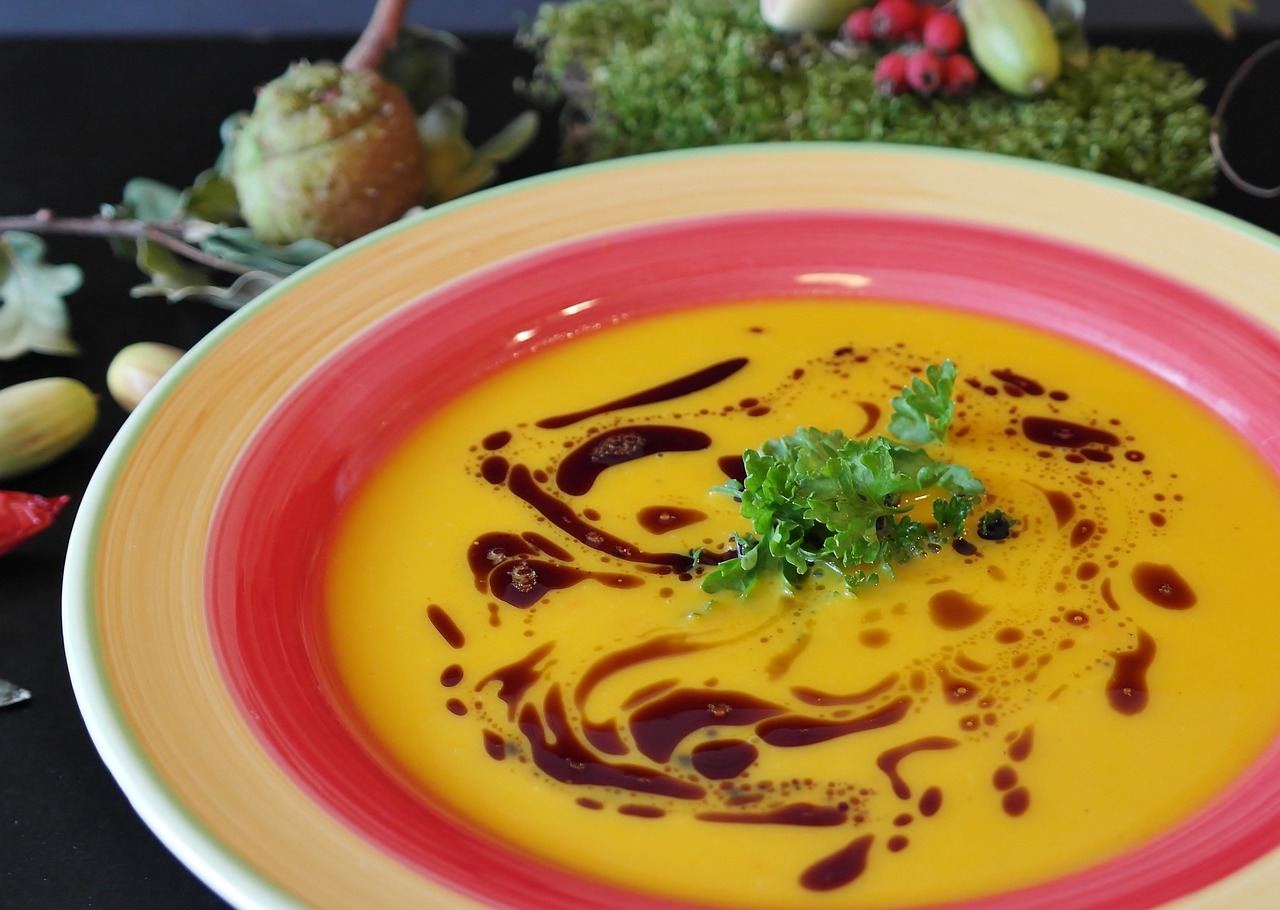We all love fruits and vegetables and eat them. But did you know that there are more man-made fruits and vegetables out there than there are naturally grown ones?
It is natural to have the desire or commitment to eating better. This is the first step to living a healthier lifestyle. However, it isn't easy to do without really knowing what to eat. Is it better to focus on naturally grown food rather than man-made hybrids? How to discern which is which?
The simplest clue toward man-made fruits and vegetables would be their packaging. Maybe we should try to teach our kids to shop for food that is not in a package. The easiest way to find fresh foods is to shop the perimeter of your grocery store.
There is a connection between a good diet and health. Unfortunately, many of the foods manufactured today lead to poor health and excess weight gain. Is this because they are man-made hybrids? Around 40%-50% of American's are at risk of developing high blood pressure.
If this is untreated, it could lead to stroke, kidney failure, heart attack, or heart failure. These days heart attacks are the leading cause of death. They are caused mainly by poor diet leading to fatty deposits on the arteries. The one way to make sure we are minimizing the risk for this is by eating correctly.
You must have heard at least once in your lifetime that fruit and vegetables are good for your health. However, did you know that many of these treats are actually man-made hybrids?
Some of our most beloved tastes were engineered by men. You are going to be surprised by our man-made fruits and vegetable list.
1. Bananas

This fruit is a crossbreed. Similar to the peanut, they were man-made. A long time ago, over 10,000 years, only two wild banana species existed. These species were called Musa acuminata and Musa balbisiana. One of them had a sweet, tough inner flesh with too many seeds. The other had a soft inside with a disgusting taste.
What to do with such fruit? You combine it, of course. In South Asia, early farmers crossbred the plants to create the modern banana. There was one problem. Bananas are sterile as they do not have seeds. It was soon discovered that the shoots could be replanted to sprout new trees. But this also means that if we ever stop planting bananas, they will go extinct.
2. Grapefruit

Grapefruit first appeared in 1693. It is not ancient, like many man-made fruits and vegetables. A man known as Captain Shaddock brought pomelo seeds from Indonesia. He planted them near his Jamaican sweet orange trees.
This has brought on an unintentional crossbreed. The plants crossbred and created the modern-day grapefruit. Did you know that, until the nineteenth century, grapefruits were called shaddocks?
In 1750 Europeans were introduced to grapefruit. This happened when Reverend Griffith Hughes encountered what he called the forbidden fruit. Later, in 1823, the fruit arrived in the United States. Here it was mistaken for a pomelo until 1837. Scientists didn't look into the true origins of a grapefruit until the 1940s.
There are still some countries that have never seen a grapefruit since it is so recent.
3. Oranges

One of the best known from the list of man-made fruits and vegetables, oranges come in many shapes and forms. They have many varieties today. All of them can be traced back to a manufactured hybrid centuries ago.
Did you know that orange is a crossbreed between a pomelo and a mandarin? Even though most people think so, a mandarin is not an orange. It did not come from an orange. It is actually an ancestor of the orange.
The origins of orange are unclear to this day. It is commonly assumed that it had come from southern China and the former Indochina. The way this man-made fruit came to be is by crossing the bitter pomelo with a sweet mandarin. This created the citrusy-sweet fruit we know today. As far as the 1450s, Italian traders discovered oranges and carried them to the Mediterranean area.
4. Carrots

It might be hard to believe that the carrots we see today look nothing like natural carrots. They were not orange at all. Our carrots descended from the yellow carrot. In turn, this carrot is derived from white or purple carrots.
The earliest-known ancestor of the carrot dates back to Persia in the 10th century. By some historical accounts, natural carrots were either purple or white and had smaller roots. How did they come to be orange? Well, Persians selectively bred carrots to develop larger roots and, eventually, one single root.
These well-known vegetables from our man-made fruits and vegetable list were slowly transformed from yellow to orange. Even today, farmers selectively breed carrots today to improve their color, size, and flavor.
5. Cabbage

Many of the man-made fruits and vegetables are derived from a completely different species. For example, more than 2.500 years ago, wild mustard was planted to eat. Then how did the modern cabbage come to be?
Well, the Greeks and Romans focused on planting mustard with larger leaves. This eventually created kale and collard greens. Selective breeding changed the look of the cabbage to what we know today.
The people who planted vegetables with larger leaves invented the first cabbage. In addition to this, thick-stemmed wild mustard became kohlrabi.
6. Strawberries

During the 18th century, modern strawberries were developed in France. They were grown from natural wild strawberries. This species is smaller with a sweeter aroma.
Ever since the 1300s, people have tried to cultivate bigger strawberries through cloning. This is quite an extreme attempt at creating man-made fruits and vegetables. However, these attempts didn't succeed until centuries later.
French botanist Antoine Nicolas Duchesne bred a male Fragaria moschata with a female Fragaria chiloensis in 1784. It wasn't well known that plants had males and females. American and British botanists perfected the modern strawberry. This plant is now 20 times larger than its natural ancestor.
7. Corn

While not a part of the man-made fruits and vegetables, it had to be included on the list. The modern corn does not look anything like its ancestor. It initially looked like a pinecone!
The modern corn would not exist without the farmers of central Mexico. The ancestor of corn lived as the wild grass called teosinte around 9,000 years ago. This grass is better known as maize. It is believed that people in the Tehuacán Valley of Mexico first domesticated the plant.
The Olmec and Maya cultivated maize through the centuries. This eventually led to producing several cobs per plant. As the cultivation continued, the corn grew elongated into the corn we know today. In the late 15th century, it was brought to Europe.
8. Radish

Would it be strange to hear that some of these man-made fruits and vegetables were originally a completely different color? For example, the ancestors of radishes were black!
It is possible still to find black radishes. However, through genetic modifications, red and white varieties have been created. They are what we see more common today.
9. Broccoli

This miniature tree look-alike was initially eaten during the times of the Roman Empire. It has a history older than 2.000 years. Today, it is often heard that broccoli is good for your health. This is mainly because it is loaded with nutrients.
Did you know that it was also one of the man-made fruits and vegetables? Broccoli is not capable of growing in the wild on its own. It was developed from selective breeding of wild cabbage, Brassica oleracea. It is not genetically modified or a biotech crop.
In the 1700s, broccoli made its way into the US world. Thomas Jefferson sowed the first seeds of broccoli on American soil. Later on, in the 20th century, broccoli gained massive popularity amongst the masses in the US.
10. Tomatoes

Tomatoes date back to at least 500 BC. They are native to southern America.
As early as 500 BC, the Aztecs cooked and ate tomatoes. Like many on our man-made fruits and vegetable list, these tomatoes looked much different than their modern counterpart. They were small and yellow.
Later, in the sixteenth century, Spanish conquistadors brought the tomatoes back to Europe. From here, they spread through Britain, China, and Italy. The red tomatoes that we eat today didn't exist until the mid-twentieth century. Modern tomatoes were man-made created to be sweeter and better-tasting.
11. Cucumbers

Existing well over 3.000 years, the cucumbers we know today are also man-made hybrids. There are early records that reference cucumbers from ancient Ur in the legend of Gilgamesh.
It is also thought that the cucumber originated in India. It was bred from a wild cucumber. These wild cucumbers still exist today and have spiny, twisted fruits. Romans strategically cultivated cucumbers which helped transform them to the shape they are now.
The plant was introduced to Europe, where it continued to be bred by the English, French, and Spanish. The model version of cucumber was hybridized in the 1800s. Of course, cucumbers come in many varieties.



